3-Nitrotoluene

3-Nitrotoluene structure
|
Common Name | 3-Nitrotoluene | ||
|---|---|---|---|---|
| CAS Number | 99-08-1 | Molecular Weight | 137.13600 | |
| Density | 1.157 g/mL at 25 °C(lit.) | Boiling Point | 230-231 °C(lit.) | |
| Molecular Formula | C7H7NO2 | Melting Point | 15 °C | |
| MSDS | Chinese USA | Flash Point | 215 °F | |
| Symbol |


GHS06, GHS08 |
Signal Word | Danger | |
| Name | 3-nitrotoluene |
|---|---|
| Synonym | More Synonyms |
| Density | 1.157 g/mL at 25 °C(lit.) |
|---|---|
| Boiling Point | 230-231 °C(lit.) |
| Melting Point | 15 °C |
| Molecular Formula | C7H7NO2 |
| Molecular Weight | 137.13600 |
| Flash Point | 215 °F |
| Exact Mass | 137.04800 |
| PSA | 45.82000 |
| LogP | 2.42640 |
| Vapour density | 4.73 (vs air) |
| Vapour Pressure | 1 mm Hg ( 50.2 °C) |
| Index of Refraction | n20/D 1.541(lit.) |
| InChIKey | QZYHIOPPLUPUJF-UHFFFAOYSA-N |
| SMILES | Cc1cccc([N+](=O)[O-])c1 |
| Stability | Stable. Combustible. Incompatible with reducing agents, strong oxidizing agents, strong bases. |
| Water Solubility | insoluble |
CHEMICAL IDENTIFICATION
HEALTH HAZARD DATAACUTE TOXICITY DATA
MUTATION DATA
|
| Symbol |


GHS06, GHS08 |
|---|---|
| Signal Word | Danger |
| Hazard Statements | H301 + H311 + H331-H373 |
| Precautionary Statements | P261-P280-P301 + P310-P311 |
| Personal Protective Equipment | Eyeshields;Faceshields;full-face respirator (US);Gloves;multi-purpose combination respirator cartridge (US);type ABEK (EN14387) respirator filter |
| Hazard Codes | T:Toxic; |
| Risk Phrases | R23/24/25:Toxic by inhalation, in contact with skin and if swallowed . R33:Danger of cumulative effects. R51/53:Toxic to aquatic organisms, may cause long-term adverse effects in the aquatic environment . R36/37/38:Irritating to eyes, respiratory system an |
| Safety Phrases | S36/37-S45-S61-S37-S28A-S27-S16 |
| RIDADR | UN 1664 6.1/PG 2 |
| WGK Germany | 2 |
| RTECS | XT2975000 |
| Packaging Group | II |
| Hazard Class | 6.1 |
| HS Code | 29042000 |
| Precursor 10 | |
|---|---|
| DownStream 10 | |
| HS Code | 2904202000 |
|---|---|
| Summary | 2904202000 1-methyl-4-nitrobenzene。Supervision conditions:None。VAT:17.0%。Tax rebate rate:9.0% |
|
Optimizations of packed sorbent and inlet temperature for large volume-direct aqueous injection-gas chromatography to determine high boiling volatile organic compounds in water.
J. Chromatogr. A. 1356 , 221-9, (2014) For the expanded application area, fast trace analysis of certain high boiling point (i.e., 150-250 °C) volatile organic compounds (HVOCs) in water, a large volume-direct aqueous injection-gas chromat... |
|
|
Hexafluoroisopropanol-modified cetyltrimethylammonium bromide/sodium dodecyl sulfate vesicles as a pseudostationary phase in electrokinetic chromatography.
J. Chromatogr. A. 1404 , 131-40, (2015) A novel catanionic surfactant vesicle system, formulated from hexafluoroisopropanol (HFIP), cetyltrimethylammonium bromide (CTAB) and sodium dodecyl sulfate (SDS), was developed as pseudostationary ph... |
|
|
Micellar electrokinetic chromatography of organic and peroxide-based explosives.
Anal. Chim. Acta 876 , 91-7, (2015) CE methods have been developed for the analysis of organic and peroxide-based explosives. These methods have been developed for deployment on portable, in-field instrumentation for rapid screening. Bo... |
| 3-Nitrotoluene |
| 3-NITROTOLUOL |
| 1-methyl-3-nitrobenzene |
| 3-NITROTOLUENE FOR SYNTHESIS |
| EINECS 202-728-6 |
| 3-NITRO TOLUENE |
| BENZENE,1-METHYL-3-NITRO- |
| MFCD00007265 |
| 3-AMINOACETOPHENONE/3-ACETYLANILINE |
| m-Nitrotoluene |
| META NITROTOLUENE |
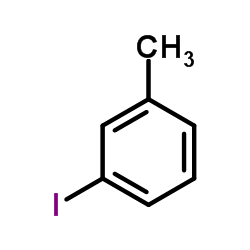 CAS#:625-95-6
CAS#:625-95-6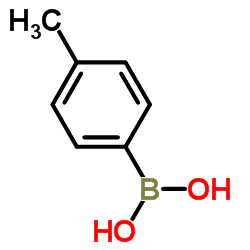 CAS#:17933-03-8
CAS#:17933-03-8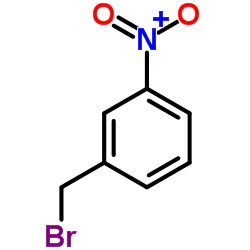 CAS#:3958-57-4
CAS#:3958-57-4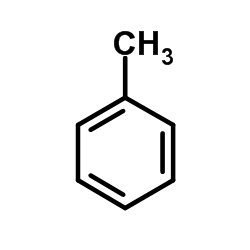 CAS#:108-88-3
CAS#:108-88-3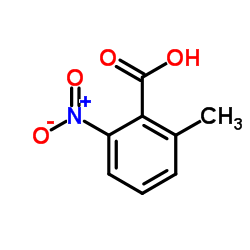 CAS#:13506-76-8
CAS#:13506-76-8![Benzenesulfonic acid,4-methyl-, 2-[(3-nitrophenyl)methylene]hydrazide Structure](https://image.chemsrc.com/caspic/380/3748-99-0.png) CAS#:3748-99-0
CAS#:3748-99-0 CAS#:645-00-1
CAS#:645-00-1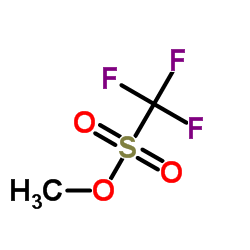 CAS#:333-27-7
CAS#:333-27-7 CAS#:74-88-4
CAS#:74-88-4 CAS#:1975-51-5
CAS#:1975-51-5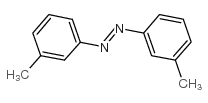 CAS#:588-04-5
CAS#:588-04-5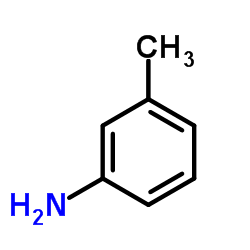 CAS#:108-44-1
CAS#:108-44-1 CAS#:19618-06-5
CAS#:19618-06-5 CAS#:106011-93-2
CAS#:106011-93-2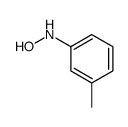 CAS#:620-25-7
CAS#:620-25-7 CAS#:621-26-1
CAS#:621-26-1 CAS#:70970-06-8
CAS#:70970-06-8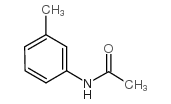 CAS#:537-92-8
CAS#:537-92-8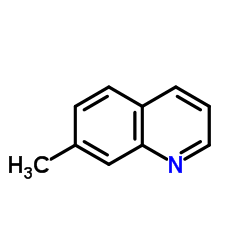 CAS#:612-60-2
CAS#:612-60-2